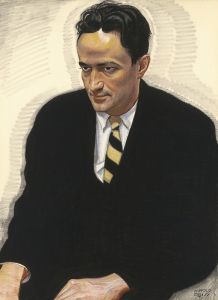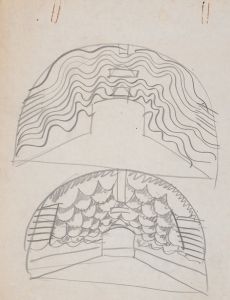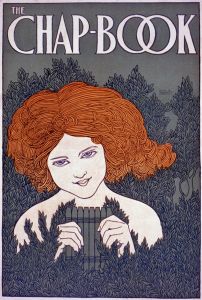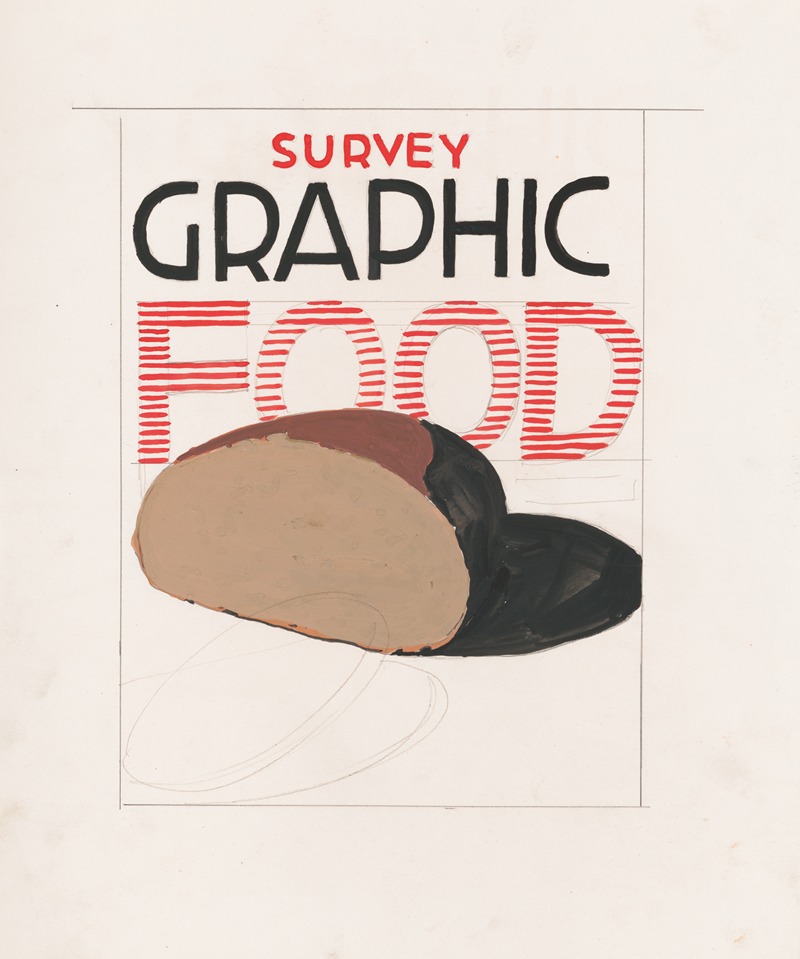
Graphic design for cover of Survey Graphic Magazine; ‘Food’
A hand-painted replica of Winold Reiss’s masterpiece Graphic design for cover of Survey Graphic Magazine; ‘Food’, meticulously crafted by professional artists to capture the true essence of the original. Each piece is created with museum-quality canvas and rare mineral pigments, carefully painted by experienced artists with delicate brushstrokes and rich, layered colors to perfectly recreate the texture of the original artwork. Unlike machine-printed reproductions, this hand-painted version brings the painting to life, infused with the artist’s emotions and skill in every stroke. Whether for personal collection or home decoration, it instantly elevates the artistic atmosphere of any space.
Winold Reiss was a German-American artist and designer known for his contributions to modern graphic design and his distinctive style that often incorporated elements of Art Deco and modernism. One of his notable works includes the cover design for the Survey Graphic magazine, specifically for the issue themed 'Food'. Survey Graphic was a prominent publication in the early 20th century, known for its progressive ideas and focus on social issues, often featuring contributions from leading intellectuals and artists of the time.
Reiss's work for Survey Graphic is a testament to his ability to blend artistic expression with commercial design, a skill that made him a sought-after designer for magazines and other publications. His cover designs were characterized by bold colors, geometric shapes, and a keen sense of composition, all of which were hallmarks of his artistic style. These elements helped to convey the thematic essence of the magazine's content while also capturing the attention of its audience.
The 'Food' issue of Survey Graphic, for which Reiss designed the cover, likely explored various aspects of food, including its cultural, economic, and social dimensions. While specific details about the cover design for this particular issue are limited, Reiss's broader body of work provides insight into his approach to such themes. He often drew inspiration from diverse cultural influences and was known for his portraits and depictions of Native American and African American subjects, reflecting his interest in cultural diversity and social issues.
Reiss's contribution to graphic design extended beyond magazine covers. He was also involved in interior design, murals, and other forms of visual art. His work was influential in shaping the visual language of the early 20th century, particularly in the United States, where he spent much of his career after emigrating from Germany in 1913. His designs often bridged the gap between fine art and commercial art, demonstrating that graphic design could be both aesthetically pleasing and functional.
In addition to his work for Survey Graphic, Reiss's legacy includes his involvement in the Harlem Renaissance, where he collaborated with African American artists and intellectuals, contributing to a cultural movement that celebrated African American culture and creativity. His portraits of prominent figures from this era are particularly noteworthy and remain significant in the study of American art history.
Overall, Winold Reiss's cover design for the 'Food' issue of Survey Graphic exemplifies his unique style and his ability to engage with contemporary social themes through art. His work continues to be recognized for its artistic merit and its impact on the development of graphic design as a discipline.





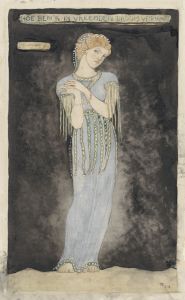

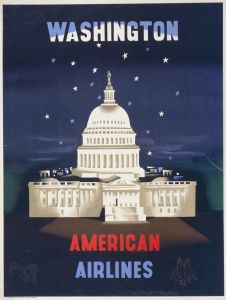
![Designs for promotional material for opera singer Emanuel List.] [Drawing for brochure page](/imgs/249246/s/winold-reiss-designs-for-promotional-material-for-opera-singer-emanuel-list-drawing-for-brochure-page-130d6349.jpg)
![Graphic designs for Fortune magazine.] [Study for cover with large telephone lines superimposed over the globe](/imgs/249254/s/winold-reiss-graphic-designs-for-fortune-magazine-study-for-cover-with-large-telephone-lines-superimposed-over-the-globe-2de5efe.jpg)
![[Design drawing for Manhattan House Longchamps Restaurant, corner of 3rd Avenue and 65th Street, New York, NY.] [Study for mosaic front](/imgs/249260/s/winold-reiss-design-drawing-for-manhattan-house-longchamps-restaurant-corner-of-3rd-avenue-and-65th-street-new-york-ny-study-for-mosaic-front-441f1ed6.jpg)
![Designs for theater with black-framed proscenium and boldly colored settings.] [Study for stage light wall decoration, Caf ̌Crillon](/imgs/249331/s/winold-reiss-designs-for-theater-with-blackframed-proscenium-and-boldly-colored-settings-study-for-stage-light-wall-decoration-caf-crillon-27adcd0f.jpg)
![Design for Cincinnati Union Terminal.] [Study for the color treatment of the ceiling](/imgs/249410/s/winold-reiss-design-for-cincinnati-union-terminal-study-for-the-color-treatment-of-the-ceiling-5366bd83.jpg)
![Graphic design of nude female.] [Cubist composition drawing](/imgs/249427/s/winold-reiss-graphic-design-of-nude-female-cubist-composition-drawing-b6f17b02.jpg)
![Miscellaneous small sketches for inlaid table tops.] [Design with blue circular motif](/imgs/249432/s/winold-reiss-miscellaneous-small-sketches-for-inlaid-table-tops-design-with-blue-circular-motif-ed1ccdfe.jpg)
